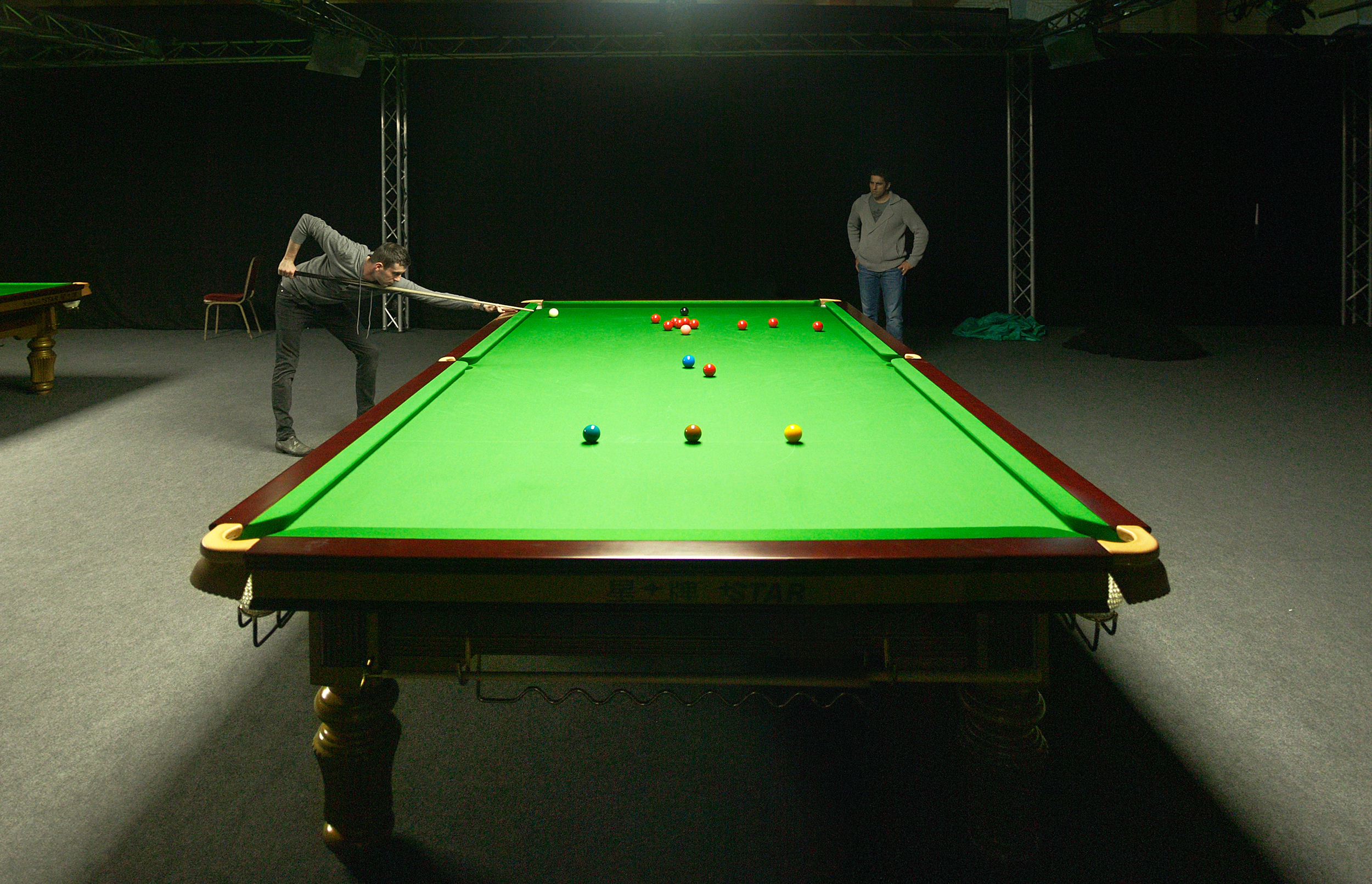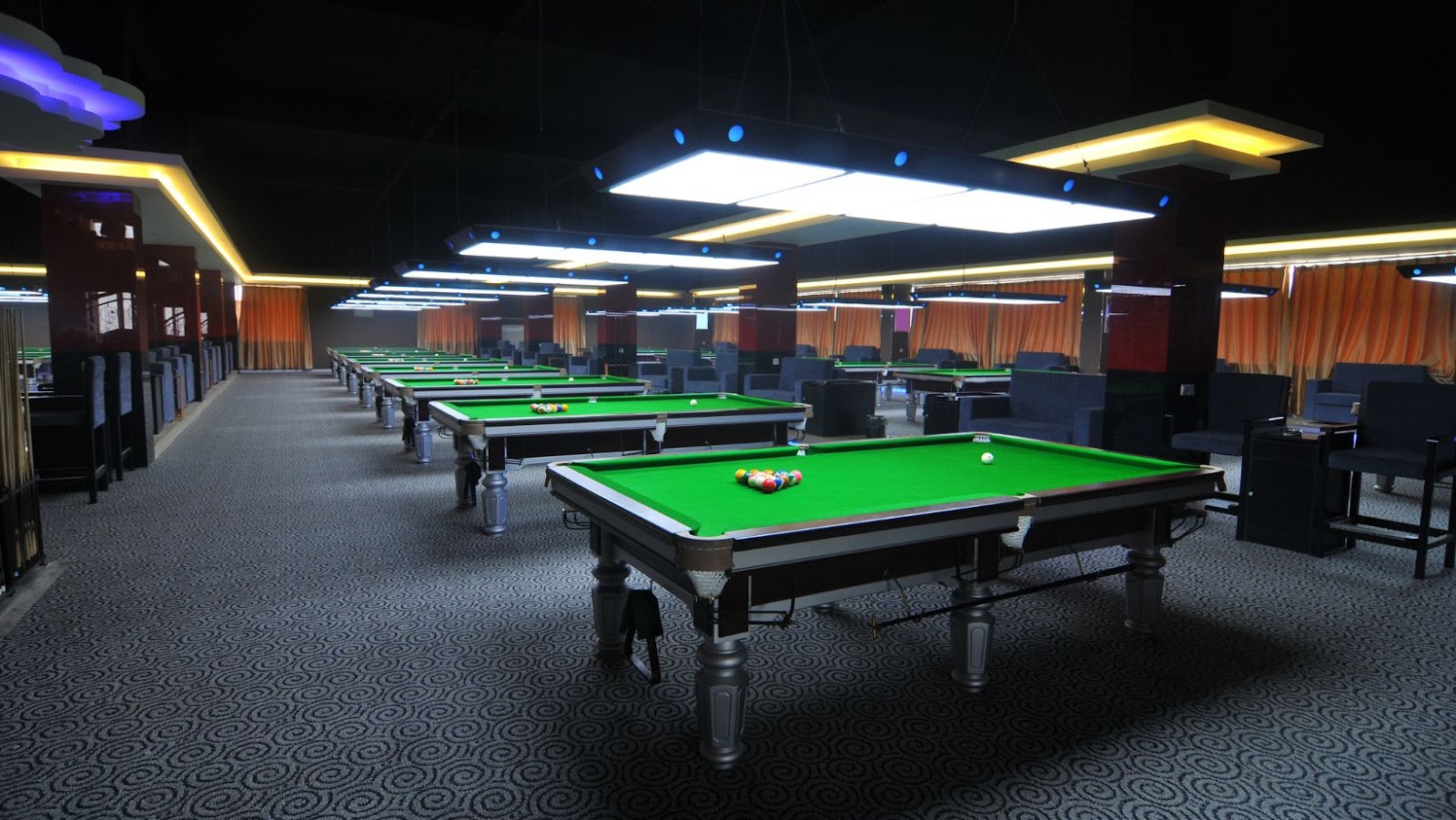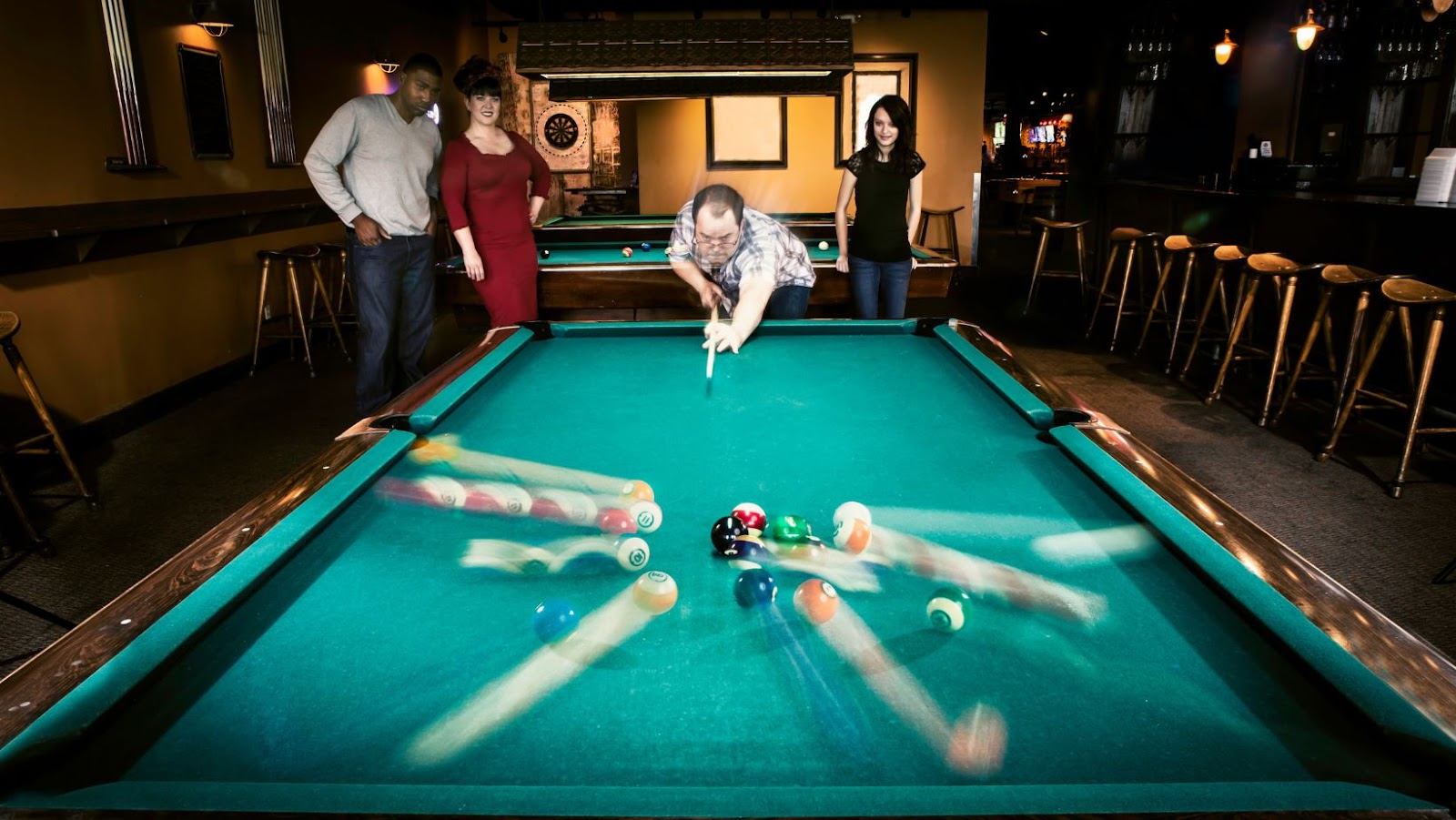
Are you confused about the difference between snooker and pool? You’re not alone–it’s a common misconception. From the size of the table to the types of balls used, this article will help you understand how these two games differ.
So read on to learn all about snooker versus pool!
Snooker and pool are both cue sports that are traditionally played on a billiards or snooker table. Although there are similarities between the two games, there are some notable differences as well. To determine which game is right for you, it’s important to understand the major differences between snooker and pool. This guide will provide a comparison of the two popular choices in billiards.
Snooker is recognized internationally as an official sport, whereas pool is still considered primarily a leisure activity. Snooker is sometimes called English billiards because it developed in 19th century England, although today it is dominated by professional players from around the world. Pool was originally known as pocket billiards and has been around since the early 1800s in America, although its origins can be traced back to 15th century Europe.
History of Snooker and Pool
Snooker and pool are two different cue sports that both grew out of an old English billiard game from the 1850s called “Snooker.” Snooker was a game played with two white balls and two red balls, where the goal was to pocket one red before the other. As time went on, additional colors were added, and certain shots became more valuable than others.
Pool is based on the Napoleonic game of “English Billiards,” which requires three or more balls and a padded table with pockets. The earliest version of pool used flat-surfaced tables, but those eventually gave way to cushioned beds because they are easier to use for different kinds of shots. Pool typically uses sixteen balls (sixteen numbered 1-15 plus a cue).

While there are some basic similarities between snooker and pool, they have evolved into two completely different games over time. Snooker is considered by many to be the higher-level game, as it involves more strategic ball placements on a larger table surface area. Pool is often seen as less demanding – though it has a set of its own distinctly unique challenges that make it an enjoyable pastime for many people worldwide!
Differences Between Snooker and Pool
Though many people group snooker and pool together, the two games differ in several ways. Snooker is larger in size and includes more balls, with 15 red and 6 colored balls, versus the 9 numbered object balls of a pool table. In snooker, a player must call each shot; whereas in pool a player’s ball can simply be “sunk” into any pocket.
Snooker has evolved as a game of precision and strategy; though balls can still be potted by “luck,” good snooker players are able to calculate angles accurately and predict their outcomes with certainty; these skills are not necessary to play pool successfully. Snooker requires more patience than pool as fewer situations lead to an immediate successful shot on the snooker table. The equipment used during play is also distinct: An English-style cue is essential for playing an effective game of snooker because of its use to facilitate and direct spin-shots or curve shots; no such equipment is needed for playing pool although there would be some similarity in method between the two sports when it comes to aiming for the pockets.
Is Snooker the Same as Pool
Snooker and pool are both cue sports that involve striking a hard object, called a cue ball, into a group of target balls on a felt-covered table. Both require use of a long stick-like tool called a cue, and in both, players must aim correctly to pocket the target balls. Despite some similarities, however, there are differences between the two games.
Snooker is played with twenty-two balls including one cue ball and fifteen red balls along with six colored balls – yellow (2), green (3), brown (4), blue (5), pink (6) and black (7). The goal for each player is to hit the red balls first and then going for the “colors”. Players can score three points for each red ball potted plus one point for each color potted. In Pool there are typically from nine to fifteen colored balls depending on the game being played but there is only ever one Cue Ball. Each player must attempt to pot either a solid or striped ball into any of 6 adjacent pockets around the edge of the table until all 7 of his/her own colors have been “cleared”.
The main advantage snooker has over pool is that it requires greater levels of precision skill in order to pot shots because players need to take account not only of which ball they are aiming at but also their positioning upon the table ahead of their next shot; thus making snooker more difficult than Pool although this does not mean that Snooker cannot be enjoyed by all ages and genders. On the other hand pool gives players more freedom when it comes to taking shots making it great for those who want an easy game which can be enjoyed with friends or family alike in social settings.
Rules of Snooker
Snooker is a cue sport that is played on a large, rectangular baize-covered table with six pockets. It is a variation of the game of pocket billiards, and though the terms are often used interchangeably in non-professional contexts, the two sports have different rules and equipment parameters.
The most significant identifiable difference between snooker and pool is the size of the table. Snooker tables measure 11′ 8″ × 5′ 10″, while 7′ or 8′-diameter pool tables (measured across the widest point) are common in bars and recreational centers across the English-speaking world. The arrangement of balls on either type of table also differs significantly; in snooker, the object of the game is to score points by potting red or colored balls sequentially using a cueing ball that players strike using their cue stick. In pool, each player must hit their own ball into any one of six pockets using a cue stick, with only one more ball remaining as an obstacle for each shot taken within any given turn.
In addition to differences in equipment and rules between games, there are also different playing strategies for both snooker and pool; professional players will often develop their ability to react quickly in different situations related to angles and possible shots within each discipline independently from one another.
Rules of Pool
Pool is a popular game enjoyed by millions of people around the world. Despite their similarities, pool and snooker are two distinctly different games with unique rules and regulations.
In pool, one person competes against another in two-player games. The object of the game is to pocket all the balls of your group (solid or striped) first and then legally pocket the 8-ball winning the game.
Pool is played on a 6 pocket table. The game includes 15 object balls that are divided equally in 7 solid colored balls, 7 striped/marker balls, and 1 black 8 ball. To determine who goes first a cue ball (white) will be placed in front of the head line (the middle portion of shortest side in front of headboard).
Players take alternate turns at the table, meaning if one player pockets any ball he continues shooting until missing a shot an thus permitting his opponent to take over at turn at the table. If a foul is committed during either player’s turn they forfeit their inning giving up ball in hand status to their opponent where they can place it anywhere on playing field etc(cueball within half circle area). This process continues until someone wins by successfully pocketing all their balls followed by legally sinking an 8 ball or what happens if opposing player has chance for win but instead misses or sinks an illegal shot resulting automatically as loss for that person’s team/Player.
In addition players also have very important options such as: Push out/break/safety etc which can be used accordingly when needed.
Popularity of Snooker and Pool
Snooker and pool are two popular cue sports that involve striking a cue ball with a cue stick, with the aim of potting object balls in designated pockets on the playing surface. Both snooker and pool have developed as major individual as well as team sports.
Snooker is more popular and widely played by people around the world than pool, particularly in countries where English is spoken. Snooker, derived from the older billiards game of pyramid pool, is one of the most interesting and skillful of cue sports featuring 15 red balls which are not potted but instead used as intermediaries to break up heavily clustered sets of coloured balls (yellow, green, brown, blue, pink and black). In comparison to snooker, which requires greater control over position play, placement shots and tactical decision making; pool is more about innovative shot making to clear object balls from the table.
The differences between snooker and pool are mainly centered around tactics employed during play. For example in snooker players use exclusive cushion shots to make their shots difficult to play back whereas in Pool its largely based on taking subsequent shots off just one cushion or a series of rails. Snooker teams also utilize greater team coordination to outplay opponents while conversely Pool’s game-play becomes increasingly competitive between individuals due to lack of team aspect.

Overall, both snooker and pool are popular billiard sports that involve potting balls into pockets. However, there are some key differences between the two which will determine which game you choose to play.
Snooker is played on a much bigger table, with considerably more balls and a greater variety of colors than in traditional pool. The rules for playing snooker are also more complex, involving a greater level of skill. Pool players focus on pocketing the same-color balls, while snooker players must strike different colors because certain colored balls can only go into certain pockets.
Ultimately, snooker is seen as slower-paced game that requires higher levels of skill and focus than pool does. Therefore, if you’re looking for a game that requires more time to master with an injection of strategy and finesse then snooker may be the ideal choice for you!




